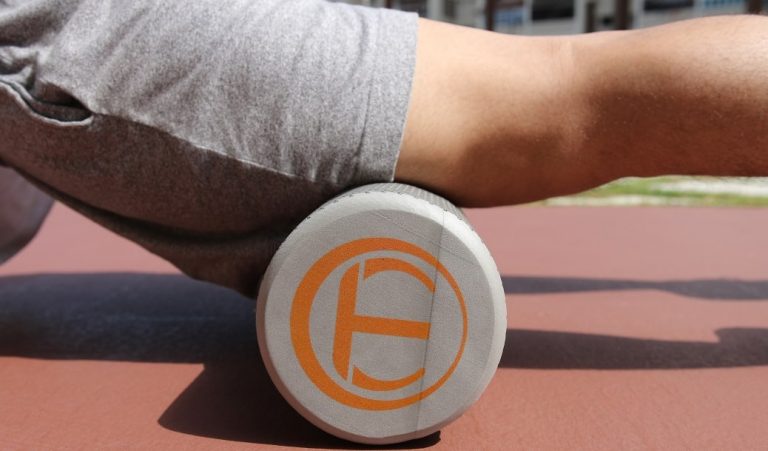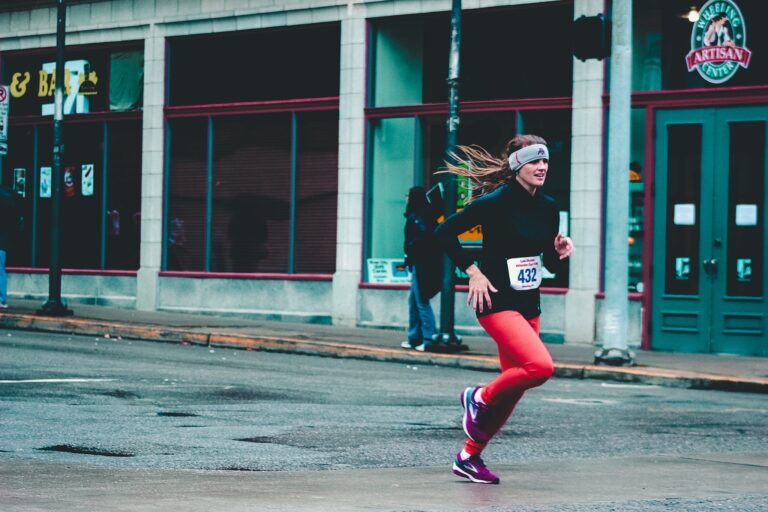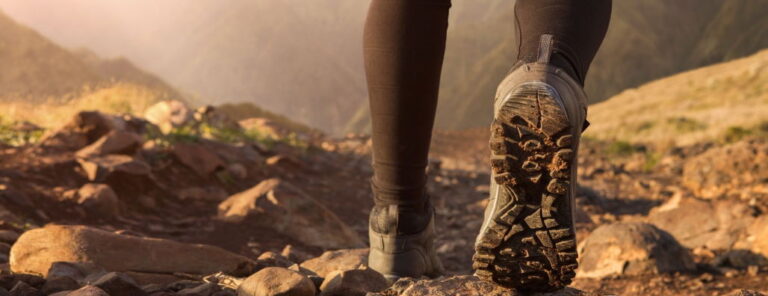How Long Do Trail Running Shoes Last?
Trail running shoes are one of the most important expenses for runners. The shoes do more than look good; they protect the feet from a wide variety of injuries, from sprained ankles to bunions. A good shoe is designed with arch support and a stiff heel for ankle support and will fit tight but still allow for breathing; this allows the runner to focus on running. However, trail running shoes only last for 400 to 600 miles; it is up to the runner to find ways to make those shoes last as long as possible, and with a few basic tricks, it is possible to add another hundred miles to that lifespan.
Keeping Good Care of Your Trail Running Shoes
Even though running shoes are pretty tough, you should still treat them with care. You should keep them out of the heat, such as they can harden and shrink the midsole, reducing cushioning and durability. You should also avoid putting other shoes and boots on top of them; the uppers are pliable and easy to wear down. Make sure that you untie them and remove them by hand; this avoids crushing the heel cup and negating its protection.
If you are going to dry your shoes, remove the insole first and then use newspaper to dry them off. Use two batches: Only let the first batch stay in for ten minutes and then just keep the second batch in until you need the shoes again. Fill the toebox with paper; this ensures that it will keep its shape. You should switch between pairs if you run a lot; it takes about 48 hours for the foam to properly decompress between runs. Lastly, hand wash them with baby wipes and a little soap on a dish brush to keep the shoes in the best shape.
–
Maintaining the Trail Running Shoes
In order to ensure that your trail running shoes last, there are some basic maintenance techniques you can use to keep your shoes going. Uppers can wear out before the rest of the shoe does; watch for premature wear and use Engo blister pads on those spots. Make sure that you clean them as soon as they get dirty; the acid in some soils can wear down the shoes faster than normal. As noted, keep them dry as much as possible. Also, do not stock up on midsoles; they have a limited shelf life and are likely to become hard and therefore unusable before you can use them.
If needed, track when you bought the shoes. For those who do not track mileage, the date can help you estimate how much mileage is on the shoes. If you can, use some sort of GPS tracking to obtain a more accurate measure of the shoes’ mileage; at the very least, it allows you to determine which shoes last longest. While you can theoretically get as much as 600 miles out of your shoes, that assumes impeccable care; you are more likely to see 300 to 500 miles of wear before you need to replace them.
–
Wear Them Properly
You should only wear the shoes for running; that is what they were designed for, and using them for other situations, even for shopping, can wear them down faster than you would like. It can also throw off your mile count.
More importantly, different shoes were designed for different uses; racing shoes have a better grip, for example, but lack some of the inherent toughness of trail shoes; this just means that you need to make sure that you are wearing the right shoes in the right situation. If you really like the shoes, make sure that you have multiple pairs of them.
–
The Advantages of a Second Pair of Trail Running Shoes
By now, it should be obvious that having a second pair of shoes is the key to shoe longevity as well as comfort. It allows the midsoles in one pair time to decompress, so they provide the most effective cushion. Another consideration is that each shoe has its own areas where it is strongest; you are likely to develop sores and calluses in those areas. Switching between shoes allows you a way to deal with those issues before they become a problem and deal you serious injury.
Another advantage is that this means that you should have at least one pair that is broken in even as you are breaking in the new pair; for those who compete, this is a definite advantage. Also, this helps to spread out the cost of buying new shoes; instead of buying two pairs at the same time, you are buying them months apart. It should be noted that apps that track shoe usage can handle several separate pairs at a time.
–
When It Is Time to Replace Your Trail Running Shoes
It is usually easy to tell when your shoes are ready to be replaced. At the very least, one of the more obvious signs that you need new shoes is when you come in from the trail a little more sore than usual; this means that the shoe is no longer offering the cushioning it once did. You should always be inspecting shoes, especially when they hit the 300-mile mark. Start with a quick visual inspection: If the treads have been worn down, it is time to buy new shoes. Also, twist the shoes; the more it twists, the more likely the shoes are dead.
The midsole should also be inspected. Over time, the midsole will become harder and lose its cushion; if you press down and there is no give, then it may be time for new shoes. Also, look at areas where it is dealing with your weight, such as the heel and toes; in new shoes, these are flat, but in more tired shoes, there are definite impressions and creases. Between the midsole, the twist test, and the treads, as well as your own aching muscles, there are definite signs that your shoes are pretty much dead.
Ready for new Trail Running Shoes? Here are the top picks from Amazon:
–
Conclusion
When it comes down to it, trail running shoes last for about 300 to 500 miles before needing to be replaced. With a little extra care, that can be extended for as much as another 100 miles. However, this means that your shoes need impeccable care: You are maintaining them, cleaning them, and possibly even having two or more pairs in rotation.
It does not take much additional care in order to extend their life, and it can be well worth it if for no other reason than you are not replacing shoes all the time. As usual, a little extra effort bears out in the end, and that applies to shoes as much as it does your training.
[starbox]






